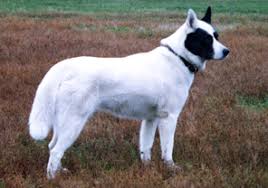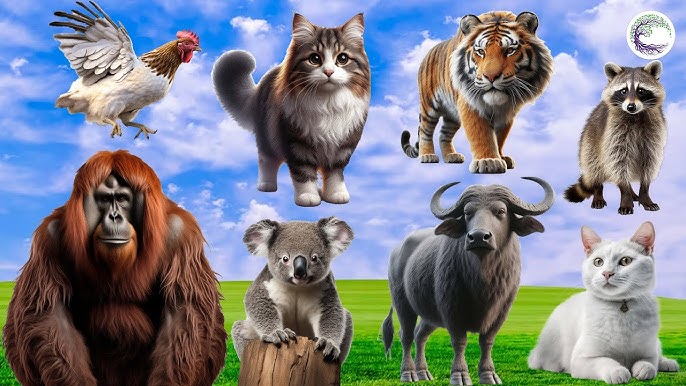
Chukotka sled dog
Conditions of detention
Chukotka sled dogs are highly adaptable to extreme cold climates, making them ideal for Arctic regions. They require ample outdoor space to exercise and thrive in environments where they can perform physical activities regularly.
Useful Fact: They are not well-suited for hot climates or small indoor living spaces due to their thick coats and high energy levels.
Nutrition and diet
These dogs need a high-protein diet to maintain their energy levels and muscle mass. Traditional diets in their native regions often include fish and seal meat, but high-quality commercial dog food formulated for active breeds can also be suitable.
Useful Fact: Supplementing their diet with omega-3 fatty acids can help maintain their coat health and joint function.
Health
Chukotka sled dogs are generally healthy, but like all breeds, they can be prone to specific health issues such as hip dysplasia and eye conditions.
Useful Fact: Regular veterinary check-ups and maintaining an active lifestyle can help prevent many common health problems.
Grooming and care
Chukotka sled dogs have a dense double coat, which is medium to long in length. This coat requires regular brushing to prevent matting and reduce shedding. During shedding season, which typically occurs twice a year, more frequent grooming is necessary to manage the increased hair loss. Bathing should be minimal to avoid stripping the natural oils from their coat, which are essential for insulation and waterproofing.
Useful Fact: Their coat colors can vary, including black, white, gray, sable, and various combinations of these. These colors help them blend into their natural Arctic environment and provide camouflage.
Education and training
These dogs are intelligent and independent, requiring consistent and positive reinforcement training methods. Early socialization and obedience training are crucial.
Useful Fact: Incorporating training into their daily routine can prevent boredom and destructive behavior.
Toys and entertainment
Chukotka sled dogs need durable and stimulating toys to keep them engaged. They enjoy activities that challenge their minds and bodies, such as puzzle toys and agility exercises.
Useful Fact: Interactive toys that mimic hunting or working scenarios can be particularly engaging for them.
Safety
Given their high prey drive and independent nature, it’s essential to have secure fencing in outdoor areas. They should be supervised during off-leash activities.
Useful Fact: Using a GPS collar can help track them if they wander off during outdoor adventures.
Accessories
Sturdy harnesses and leashes are essential for their safety during walks and runs. Insulated dog houses can provide shelter during cold weather.
Useful Fact: Booties can protect their paws from ice, snow, and rough terrain during long sled runs or hikes.
Socialization
Early and continuous socialization with people and other animals is vital to develop a well-rounded and well-behaved dog. Exposure to different environments and experiences will help them adapt better.
Useful Fact: Puppy socialization classes can be an excellent way to start their training and social development.
Travel and Transportation
Chukotka sled dogs are used to traveling long distances, often as part of a sled team. For modern travel, secure and comfortable crates are recommended for car rides.
Useful Fact: Ensure they are well-hydrated and take breaks during long trips to avoid stress and discomfort.
Behavior and psychology
They are known for their endurance, loyalty, and independent spirit. Understanding their need for physical and mental stimulation is crucial for a happy and well-behaved dog.
Useful Fact: Providing them with tasks or jobs, even simple ones like carrying a backpack during walks, can satisfy their working dog instincts.
Legal aspects
Owning a Chukotka sled dog may require specific permits or adherence to local animal control regulations, particularly in urban areas.
Useful Fact: Research local laws regarding leash regulations, licensing, and breed-specific legislation before bringing one into your home.


